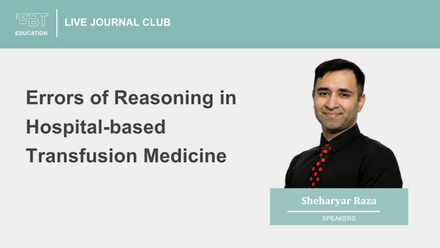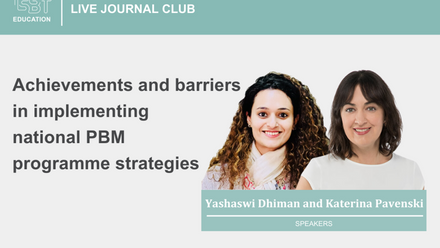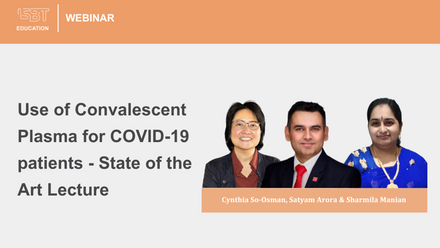Guidance on implementing patient blood management to improve global blood health status
Foreword
In a continuing effort to reduce the massive global burden of iron deficiency and anaemia, blood loss and coagulopathy with bleeding, the World Health Organization has developed this practical guidance on how to implement patient blood management (PBM). PBM is a concept to address these challenges by comprehensively managing and preserving the patient’s own blood.
This document is the result of extensive collaboration among multiprofessional and multidisciplinary international experts dedicated to improving patient outcomes, patient safety and quality of care. Public health experts, chief medical officers, physicians, nurses, pharmacists, hospital adminstrators, implementation experts, medico-legal experts, quality managers, blood bank managers, information technology and clinical data management experts, and patient advocates have all contributed to this document.
Incorporating expertise from peers working in countries where health care faces extreme resource constraints, attention is paid to how PBM processes and structures can be embedded in the system. The aim is to reduce maternal mortality from postpartum haemorrhage, as well as morbidity and mortality from traumatic haemorrhage, and enable more broad-based anaemia management even when resources are limited. Using the collective experience from health care systems where PBM programmes are well established, this guidance shows how the necessary structures and processes can be broadly replicated to improve overall population health. This includes women’s health as well as the clinical outcomes for the rapidly growing population segment of elderly patients, particularly in upper-middle and high-income countries.
By looking at blood as an organ that needs to be treated with the same respect as any other organ or organ system, the overarching goal of PBM is to improve and maintain blood health. This document explains how the public health sector, in partnership with patient-level carers, can work to achieve this goal. It not only provides structured guidance on PBM implementation, but also practical tools and recommendations for integrating PBM into existing health care frameworks.
With this implementation guidance, PBM should now become part of the public health agenda for all Member States, ensuring that hundreds of millions of individuals can benefit from this detailed, yet practical approach to improving their blood health status. This initiative is also central to tackling health care inequities by reducing the overall burden of disease and of costly transfusion dependency, which allows the reallocation of limited funds to where they are most needed.
Dr Yukiko Nakatani
Assistant Director-General
Access to Medicine and Health Products (MHP) Division
World Health Organization





